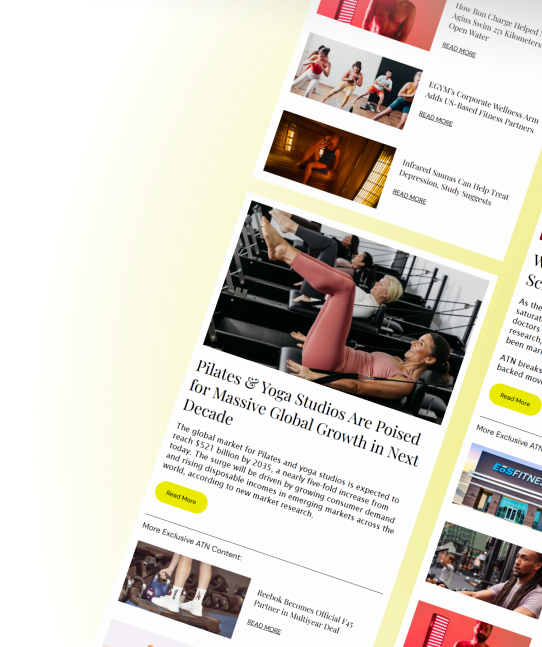
The approach may expand accessibility of blood sugar predictions, helping fitness professionals guide clients more effectively
A new study out of Stevens Institute of Technology may reshape the way fitness professionals approach nutrition guidance for clients managing blood sugar, metabolic conditions and weight. The research, published in the Journal of Diabetes Science and Technology, introduces a novel “data-sparse” model that predicts individual glycemic responses to foods — without requiring blood samples, microbiome analysis or continuous glucose monitoring.
The model’s ability to deliver accurate predictions using only food types and limited demographic information could theoretically reduce barriers to personalized nutrition and make advanced insights more accessible for fitness and wellness professionals.
A Shift Away from Complex Testing
Led by Dr. Samantha Kleinberg, Farber Chair Professor of Computer Science, the research team analyzed food diaries and glucose data from nearly 500 individuals with diabetes (types 1 and 2) in the U.S. and China. Instead of relying solely on macronutrient content, such as grams of carbohydrates, the model evaluates the specific food types participants ate.
“It might sound obvious, but until now most research has focused on macronutrients,” Kleinberg said in a press release. “We’ve shown that by analyzing food types, it’s possible to make highly accurate predictions with far less data.”
Using existing food databases and tools such as ChatGPT to classify meals, the researchers trained an algorithm to evaluate how specific foods affect blood sugar. The model matched the accuracy of more invasive studies involving microbiome or biochemical data, but without requiring lab-based inputs.
Getting Specific
For fitness professionals working with clients focused on weight management, metabolic health, or performance, the implications are notable. Many fitness programs provide general guidelines based on macronutrients or glycemic index scores to stay within scope of practice. This model suggests that, while staying within scope, fitness professionals may better support clients by recognizing patterns in routinely consumed meals — insights that can inform general guidance, habit coaching or collaboration with a registered dietitian.
Additionally, the research found that factors such as menstrual cycles accounted for individual variation in blood sugar response to meals, highlighting the importance of hormonal context in nutrition planning.
“The ability to account for food structure and recurring meal patterns, and to do so without invasive tracking, opens the door for fitness pros to support clients in a more personalized and scalable way,” the researchers noted.
The study also demonstrated that the model performs well across populations in both the United States and China, addressing a common limitation of microbiome-based models, which often fail to generalize across different cultures or dietary norms.
“We don’t need data on a specific regional population to be able to make predictions there,” Kleinberg explained.
Toward Immediate, Scalable Advice
While more data improves prediction accuracy, the model was able to make useful forecasts even without customized training. This means trainers, coaches and wellness providers may one day offer nutritional guidance at intake without extensive logging or waiting on lab results.
“We can get very good results with no personalized information at all,” said Kleinberg. “That means we can give patients useful advice right away — and hopefully that will motivate them to keep going.”
Limitations of the study: The research team plans to refine the model using larger datasets and explore whether adding microbiome data improves predictive accuracy. While the results are promising, the study was limited to people with diabetes and relied on self-reported food diaries, which can be prone to error.
Additionally, the underlying mechanisms behind the model’s success, such as why food features enhance prediction, are still unclear. Despite these limitations, the approach could help make personalized nutrition more affordable and accessible, offering fitness professionals a new tool to support clients in managing blood sugar and dietary choices.
